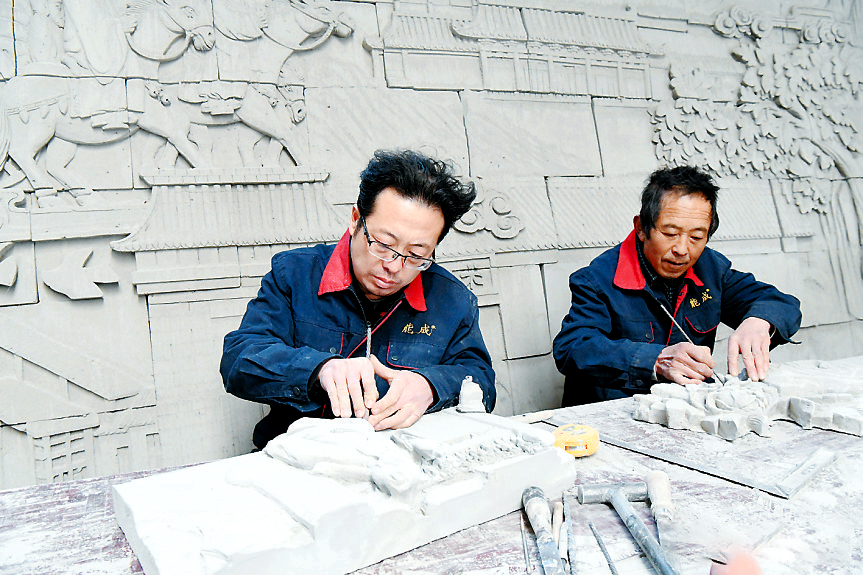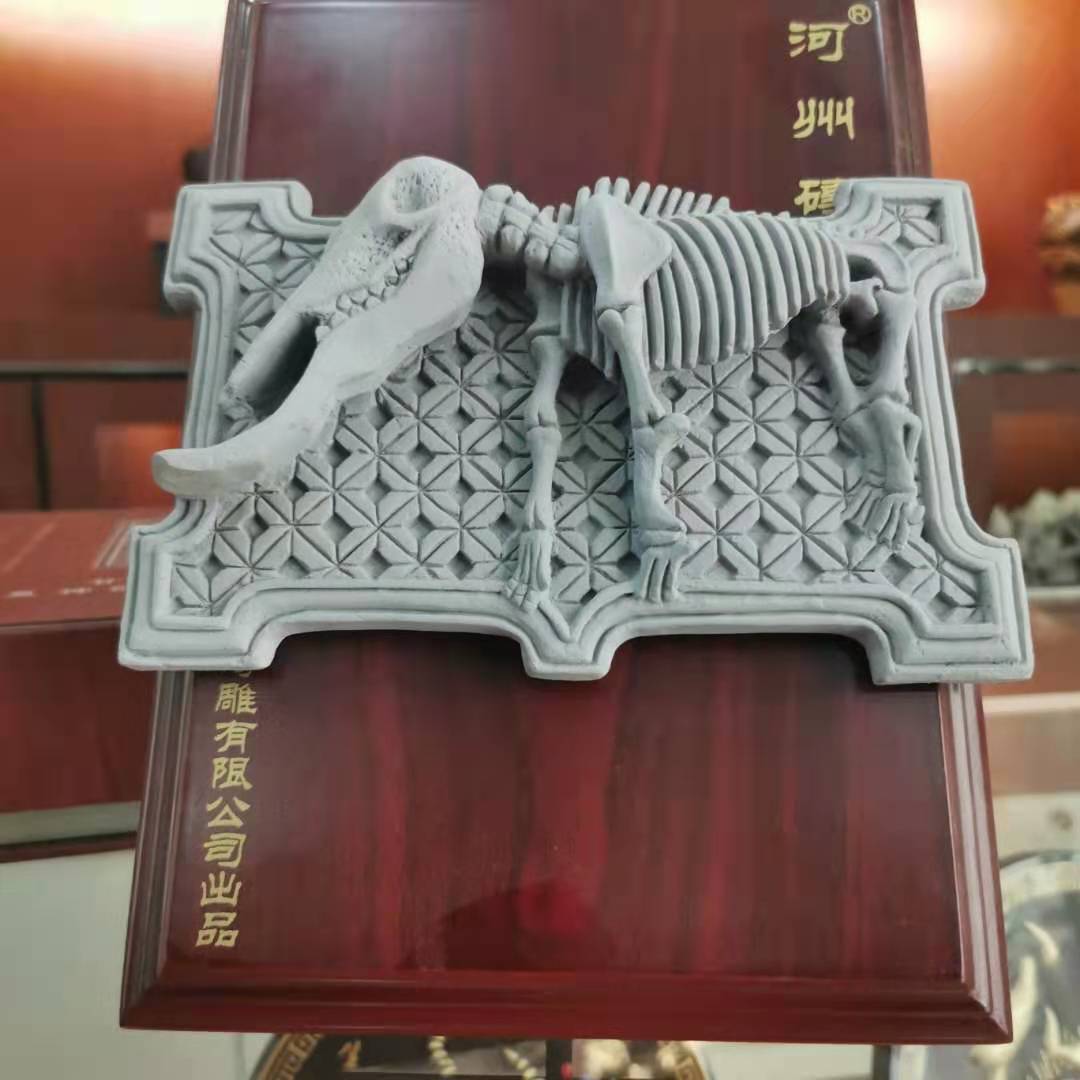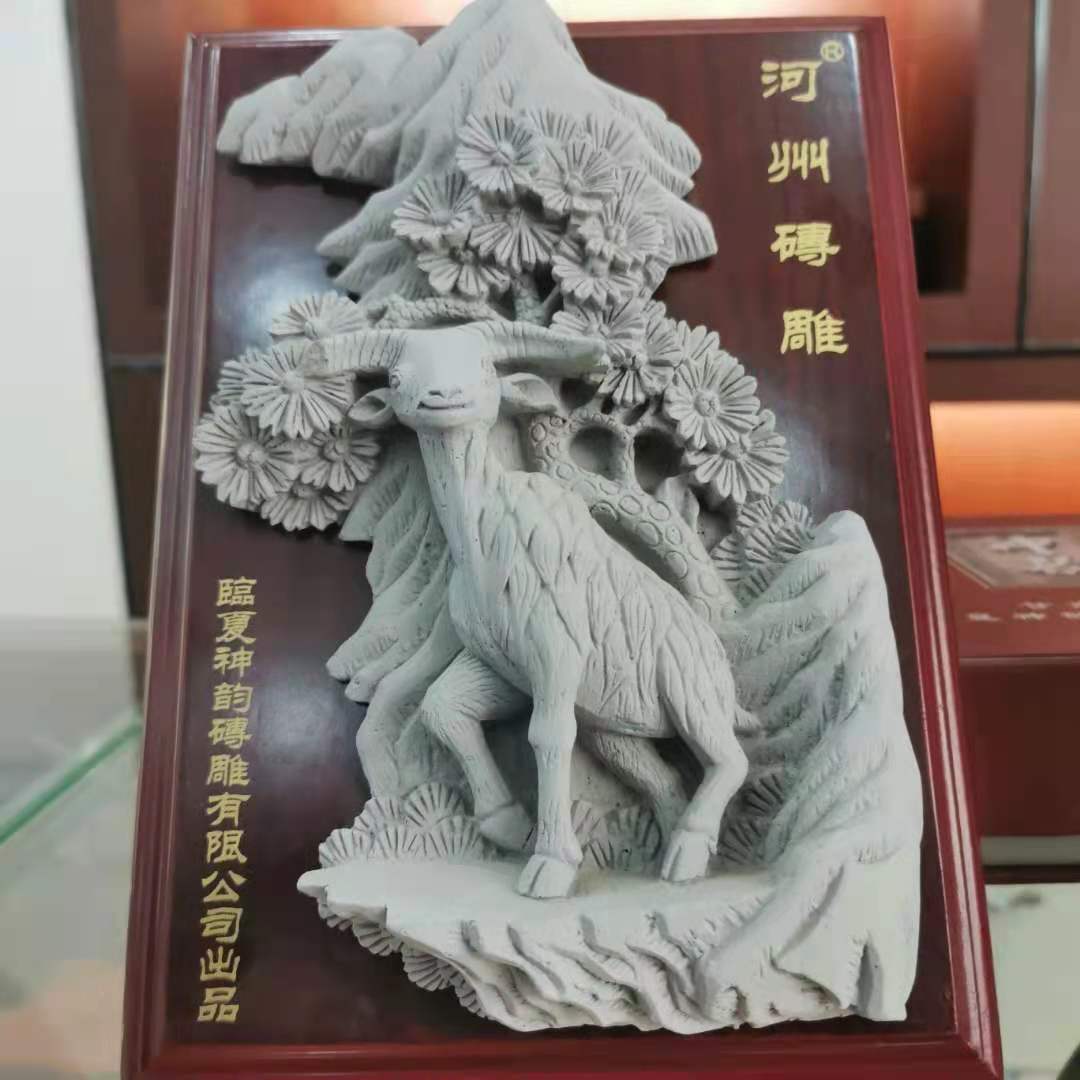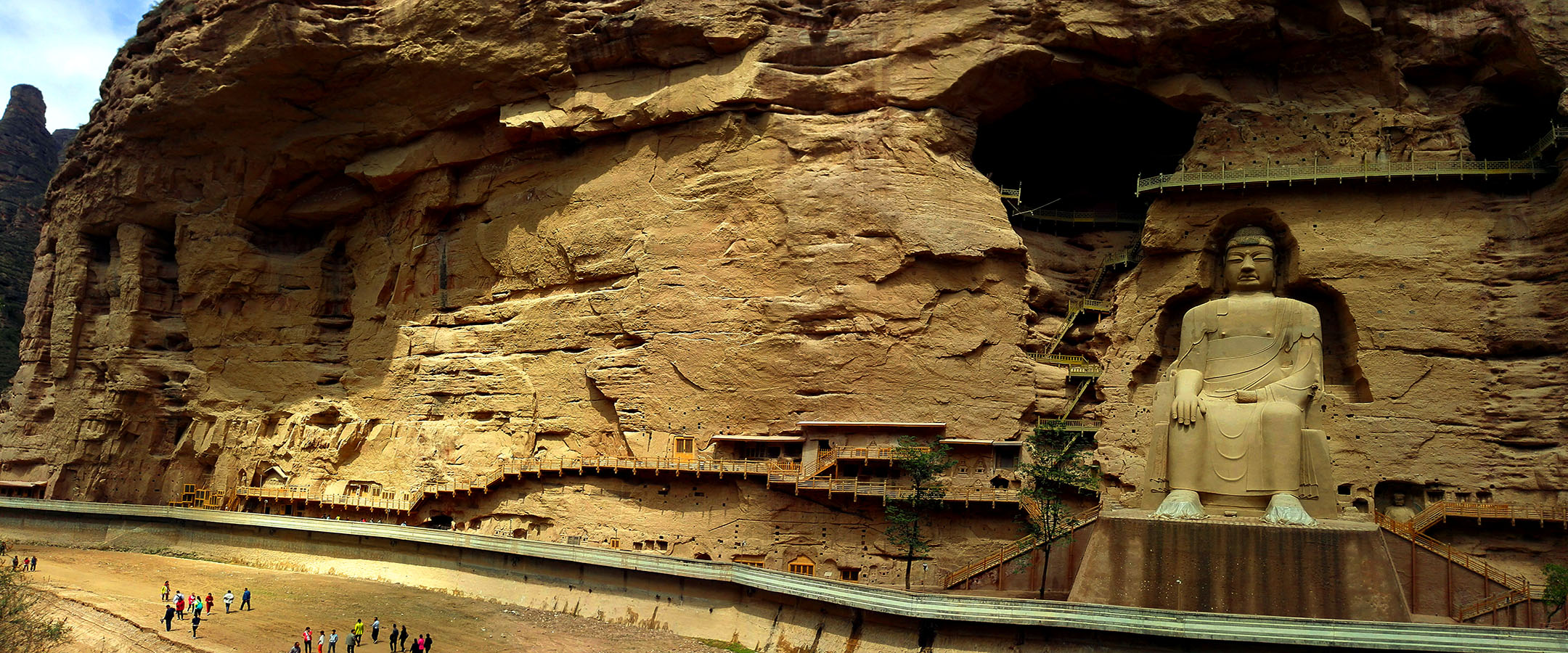临夏砖雕是临夏民间民俗文化中一块璀璨夺目的瑰宝,是临夏别具特色的古典建筑装饰艺术的集中体现,也是本地区民间艺人高超雕刻技艺的生动反映。临夏砖雕历史悠久,从秦汉历经一千年的产生发展到宋金时期的完善和成熟,明清两代进入了兴盛期,至近代更臻完美。
临夏砖雕主要用于寺、庙、观、庵等宗教建筑和仿古楼堂馆所等公共建筑及传统民居建筑中。技法主要有两种:即捏雕和刻雕。砖雕题材丰富多彩,多以表现安居乐业延年益寿、吉祥如意等文化内涵,更显富丽堂皇、古朴典雅。临夏砖雕的基本特征主要有:一、对古典建筑物的依存性特征;二、浓缩了地方民族审美特征的艺术性特征;三、具备了集诗、书、画、印、雕等多种技术元素为一体的多源性特征;四、临夏砖雕作为临夏地区优秀民族民间文化的代表,它对进一步丰富仿古建筑装饰艺术,弘扬西部民族传统文化产生积极的促进作用。
临夏砖雕是一种集画、诗、书、印、雕为一体的综合性平面立体艺术,几乎涵盖了中国传统文学艺术的各个门类,具有极高的观赏价值与审美价值。临夏砖雕是古典建筑中必不可少的装饰形式之一,对提升古典建筑的文化品位和人文内涵有着其它装饰艺术所无法替代的功能,因此挖掘、保护弘扬这一传统民间技艺对全面提升临夏地区以木雕、砖雕、彩绘为主要艺术特色的古典建筑行业的市场有着巨大的推动作用,蕴藏着极其丰富的市场经济价值。



Linxia brick carving is one of the treasures in Linxia folk cultures, it is a concentrated embodiment of the unique classical architectural decoration art of Linxia, and a vivid reflection of the superb carving skills of local folk artists. Linxia brick carving has a long history, started from the Qin and the Han dynasties lasting for a thousand year and has become mature in the Song and the Jin dynasties. It entered the boom period in the Ming and the Qing dynasties and has become perfect now.
Linxia brick carvings are mainly used in religious buildings such as temples and public buildings such as traditional residential buildings. Pinching and carving are two main techniques. The content of brick carvings are rich and colorful, which mainly demonstrate living and working habit of local people.
Linxia brick carving is a kind of comprehensive three-dimensional art integrating painting, poetry, calligraphy, printing and carving. It covers almost all categories of traditional Chinese literature and art, and enjoys high ornamental and aesthetic value.















